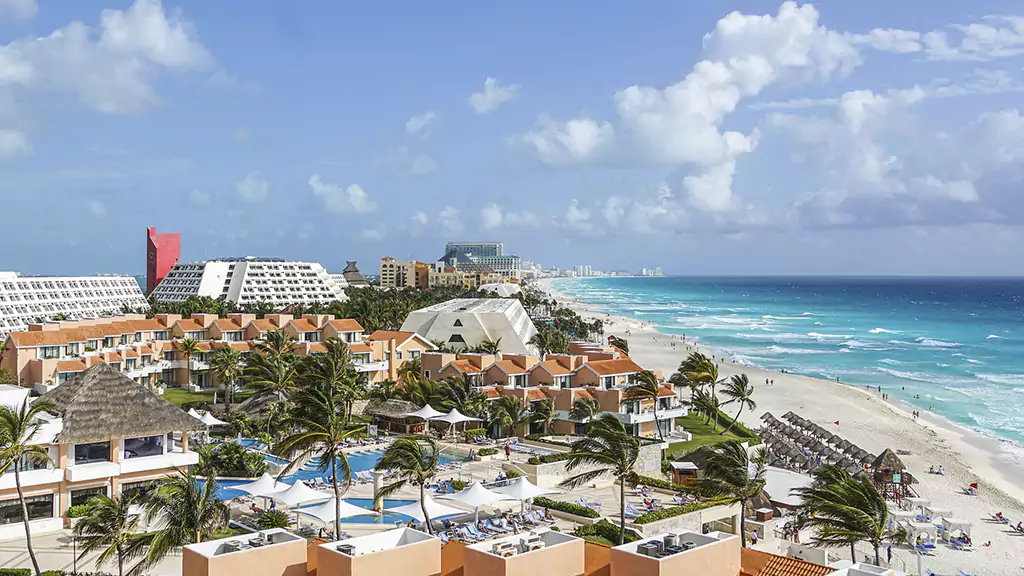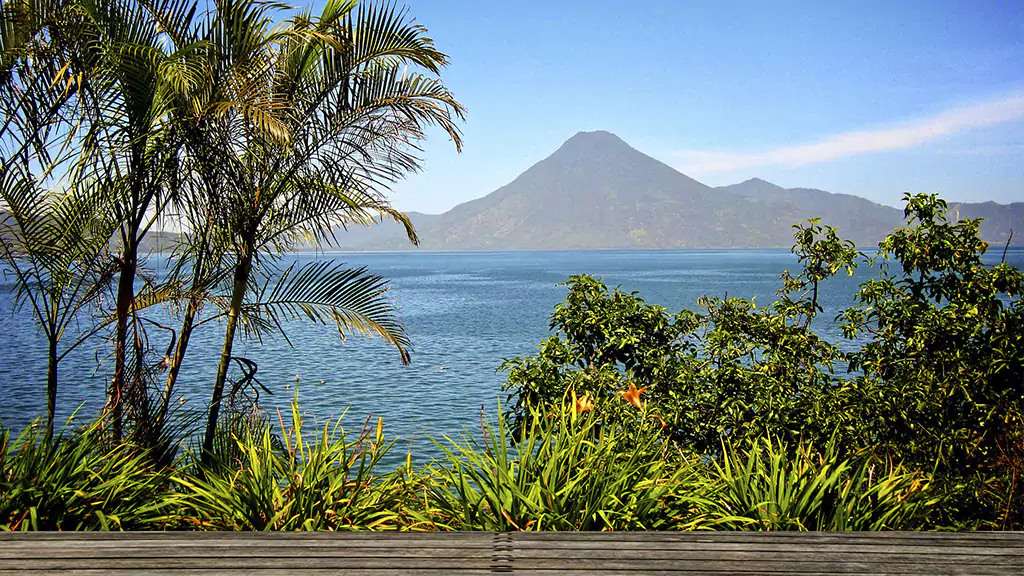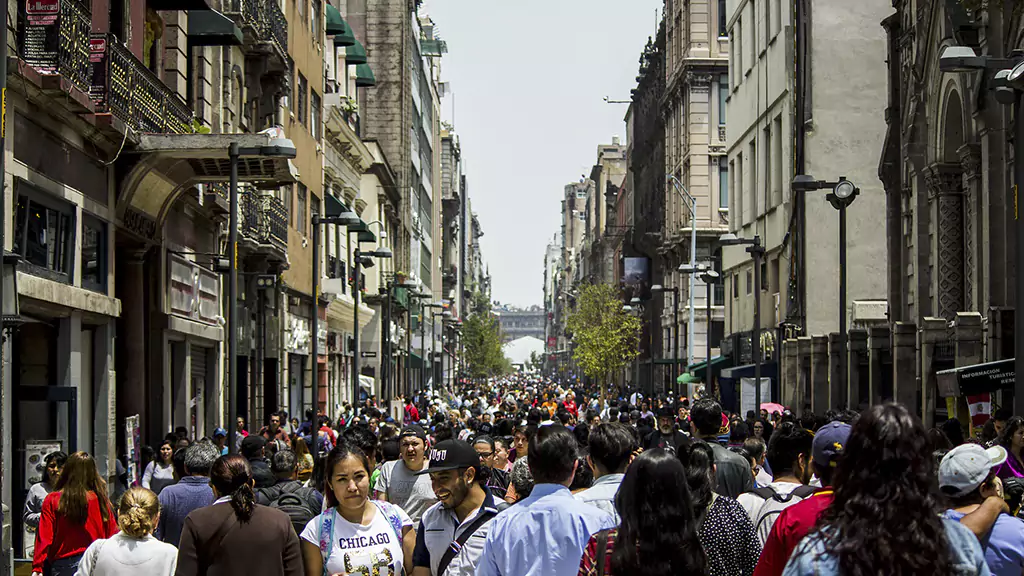Mexico Travel Tips – Mexico is a large country in North America, bordering the United States to the north and Guatemala and Belize to the south.
It offers diverse landscapes and cultures, from the sandy beaches of the Yucatan Peninsula to the highlands of central Mexico.
Traveling within Mexico can be easy and affordable, with a well-developed system of buses and trains.
Travel to and From Mexico
You can drive yourself very well in Mexico, particularly on the Yucatan Peninsula. The paths are nearly all paved, there are petrol stations in all medium-sized and large cities, and you choose your own travel speed and stop length.
You are not required to adapt to the needs of other travelers. The streets are not particularly congested, and there is little traffic on the toll roads. In a nutshell, it is highly recommended.
Almost all of Mexico’s roads are two-lane and flat. Only Chiapas is hilly and densely overgrown, while the north of Yucatan is flat and clear.
Driving in Mexico is similar to driving in southern Europe, but you should only drive during daylight hours.

Mexico Travel Tips
Driving through Mexico
When planning your journey, keep in mind that you won’t be driving faster than 60 km/h on average. The speed bumps are the reason you can’t go any faster.
In every village, there is at least one. The “topes” are usually well-marked, as shown in this photograph. They may appear innocent, but don’t underestimate them.
For more information on car rentals, go here. What is the best way to travel in Mexico? Suggestions for the most popular routes can be found here.
Cuotas (toll roads) and libres (freeways) connect the cities (normal, toll-free roads). Cuotas have the advantage of allowing you to go faster while avoiding topes.
The Libres, on the other hand, travel straight through the Mexican province, making the journey more interesting. Because of the long distances, it is preferable to take the Cuota on the following routes:
Mérida to Campeche (approximately €4.50), Campeche to Palenque (approximately €7.75), and Villahermosa to Tuxtla (towards San Cristobal, approximately €7.50). A cuota is currently being constructed from Chetumal to Tulum.
If you want to go from Cancun to Playa del Carmen, Holbox to Valladolid, Chichen Itzá to Merida and Lagartos to Tulum on the Libre, then that’s the best way to do it.
With the bus through Mexico
If you don’t have a driver’s license or don’t want to drive, or if you want to visit neighboring countries after Mexico (renting a car is not permitted), experience-Mexico will arrange for first-class bus transportation.
Regular buses run on time and frequently make only a few stops on their way to their destination. They come with air conditioning and adjustable seats.
Some routes have night buses. We leave the transportation to and from the bus station to you, where you can easily organize it yourself.
You won’t waste time waiting for the transfer, and nothing will be pre-planned. This is a great way to save money if you know a few words of Spanish and have some flexibility.
A two-week trip costs around €100 per person per year, less than a car trip.
By plane
Cancun International Airport is a relatively small airport. You’ll usually clear customs quickly, and you’ll be able to drive to the Zona Hotelera (beach) or downtown Cancun in 15 minutes. Playa del Carmen is about a one-hour drive south.
The international airport in Mexico City is a short distance from the city center; during rush hour, it will take you an hour to get to your hotel.
Aeromexico, a Mexican airline, flies most domestic routes, such as from Mexico City to Oaxaca, Cancun, and Mérida. There are no airports in Palenque or San Cristobal de las Casas.
From Mexico City and Cancun, flights are available to Guatemala City, Flores, and Belize City. A domestic flight costs about $120 per person.
With the taxi
In Mexico, getting a taxi is simple and inexpensive. The majority of trips within a city cost between $2 and $5. Some taxis are metered; if not, agree on a fare ahead of time and make sure you have enough change.
Radio taxis are more expensive than street taxis because they are parked and registered by the hotels.
There are no other cities in the world where taxis are as visible in the street scene, and because of the numerous bugs, you see nothing but green.
We recommend that you take a registered (radio) taxi from a taxi rank (near the hotel, shopping center, etc.) or have the hotel reception order a taxi because there are many illegal taxis driving around here.
Other means of transport
Although Mexico has a rail system, the trains are slow, uncomfortable, and unreliable. Travelers do not make use of them.
Despite the fact that Mexico City is a large city, you can easily travel from one location to another by metro, except during rush hours. The metro is then overcrowded.
There is also a special warning against pickpockets at these times. We found the metro system to be very efficient and safe.
Often, a salesman will approach the man or woman and try to sell them something. The best salsa CD, for example, is passionately told; it’s a unique experience.
Buses in cities are generally not recommended due to their high crowdedness. In addition, a taxi is less expensive and more comfortable.
Transportation in Guatemala and Belize
The majority of your transfers in Belize will be organized by you. When traveling by public bus from Belize City to Placencia and vice versa, you must always change trains at Dangriga.
You’ll have to change buses in Belmopan and Dangriga to get from San Ignacio to Placencia.
In Belize, there are two water taxi companies that can take you to Caye Caulker. It’s crucial to understand that one company operates only on even days, while the other operates only on odd days.
The water taxi between Chetumal (Mexico) and Caye Caulker only runs once a day. The departure time from Chetumal is around 3 p.m., and you should arrive at least an hour ahead of time.
The departure time from Caye Caulker is 7 a.m., and you should arrive 30 minutes prior to that time. You should book your Caye Caulker to Chetumal flight at least one day ahead of time.
We book air-conditioned minibuses and, if necessary, private transfers in Guatemala.
Mexico Travel Tips: Guatemala and Belize.

places to go in mexico
In Mexico, you can find colonial cities, Mayan pyramids, jungle, nature, flora, and fauna, as well as palm trees on Caribbean beaches.
These highlights of Mexico are perfect to discover with a rental car, despite many misconceptions about driving safety.
Because it is wonderful to discover Mexico on four wheels, especially in Yucatan, thanks to mostly well-developed roads and a detailed description of the route, including a road map.
Because Mexico is such a large country with so much to see and do, we believe it is necessary to allow more than a week to see everything the Yucatan has to offer.
For the Maya Route, you should take at least two weeks off. After all, you are on vacation during your individual trip through Mexico, so we make sure you get enough rest on our trips.
If you don’t want to drive yourself, you can use our modules for scheduled bus trips to travel across the country. The comfortable regular buses transport you from point A to point B in a safe and timely manner.
Many of our visitors opt for the Yucatan-Guatemala-Belize route, also known as the Maya route.
You must travel by scheduled and shuttle buses; you are not permitted to drive your rental car across the Guatemala-Belize border.
Furthermore, the infrastructure in Guatemala and Belize is underdeveloped, making driving here less pleasant.
Most sensible route for a two-week round trip
Flying to Cancun is your best bet if you have about two weeks to travel around Mexico. After an easy-going Playa del Carmen, you begin your round trip through Yucatan and Chiapas with the rental car, well rested from the long flight.
The roads are well-developed, and the towns, beaches, and ruins are all within easy reach. At Chichen Itza, Izamal, and Campeche, you’ll see Mayan pyramids and colonial cities.
The journey then continues to Chiapas, where you will visit Palenque’s jungle temples and waterfalls. You’ll pass through Bacalar on your way back to the Caribbean coast, and here, at the Lagoon of the Seven Colors, you’ll get active.
You can relax at the Mayan temple on Tulum’s palm beach or on Playa’s beaches. With the assistance of our local partner, you will have a safe and enjoyable vacation.
Do you prefer taking the bus? Then, on the North Yucatan Trail and the Passage to Palenque, follow the same route with minor changes (a few locations are not accessible by regular bus).
If you have a few extra days, we recommend adding a trip to San Cristobal de las Casas in Chiapas to your itinerary for the colors and Indians. Getting to know the indigenous villages’ way of life is a once-in-a-lifetime opportunity.
Most sensible route for a three-week round trip
If you have three weeks to travel but don’t want to cross borders but still want to see more of Mexico, you can do so in a variety of ways. Spending a few days in a hammock on the barefoot island of Holbox is the best way to unwind.
Visit San Felipe in northern Yucatan, for example, and swim with pink flamingos in the Rio Lagartos. If you enjoy cooking, the Mexican cooking class in Izamal with corn, chili, and other ingredients is not to be missed.
Do you like the jungle and would like to visit more Mayan ruins? Then stay in Palenque longer and listen to howler monkeys screech among the hidden Mayan art in Yaxchilan and Bonampak.
Are you interested in seeing more of Mexico than just the Yucatan Peninsula? Then fly to Mexico City to begin your journey.
After a relaxing start with the Mexico City module, you travel to San Cristobal by rental car or bus, passing through the colonial cities of Puebla and Oaxaca.
Finally, you’ll arrive in Cancun via Palenque, Merida, or Izamal, as well as Chichen Itza.
The Maya route should take three to three and a half weeks to complete. Their journey takes them from Yucatan to Guatemala and Belize before returning to Yucatan.
The most beautiful Mayan ruins are visited, and the route is particularly varied in terms of cities, culture, and beaches.
You’ll fly to Cancun and then take the above-mentioned route to San Cristobal de las Casas via Chichen Itza and Palenque.
The journey then continues to Guatemala, the Mundo Maya, Panajachel on Lake Atitlan, and Antigua, Guatemala’s colonial capital. Continue to Flores in northern Guatemala by bus or domestic flight.
On the Tikal Temple Trail, you can visit the largest Mayan site in Latin America. After that, you’ll drive to Belize, where you can relax and snorkel on Reggae Island, part of Caye Caulker’s diving paradise.
You’ll return to Cancun via Tulum and Playa del Carmen, where your journey began.
How safe is it in Mexico?
You Might Be Interested In:
- Mykonos Travel 2022: Cycladic Romance, Parties, and Luxury
- Living In Spain: A Short Description
- Planning a Trip to Alaska

How safe is it in Mexico?
Security in Mexico
Mexico, like many other countries, has a relatively high level of crime, which results in negative headlines from time to time. Despite this, the security situation in the country is no worse than it is elsewhere in Latin America.
When traveling by rental car between Palenque and San Cristobal, you should be especially cautious and cautious.
On the one hand, serpentines, or “Topes,” (road bumps), poorer road conditions, and police controls, and on the other hand, small revolutionary groups, or “Zapatistas,” are to blame.
They may try to stop you with a rope stretched across the road in order to sell you something or steal small sums of money.
Experience has shown that stopping here is not a good idea; instead, continue slowly and roll over the rope. In most cases, nothing will happen to you or your vehicle, and you will be able to continue your journey without interruption.
Security in the Yucatan
In the Yucatan and other parts of Mexico, where we offer modules and round trips, you can travel safely and easily.
Unfortunately, negative reports about Mexican drug wars and raids have recently appeared frequently in the German media.
Of course, we want you to feel secure during your trip to Mexico. It’s important to remember that Mexico is a massive country.
The drug wars and raids are mostly concentrated in the country’s north, near the US border (e.g. in Tijuana, Monterrey, Ciudad Juarez, etc.).
Mexico City is approximately 1,800 kilometers away. This is about the same distance between Frankfurt and Sicily. As a result, they have about as much of a problem with the mafia in Italy as they do with the mafia in the United States.
Cancun is nearly 3,500 kilometers from Ciudad Juarez on the Mexican-American border.
Security in Guatemala
In Guatemala, there is still some political unrest, and violent clashes can occur. Overall, the situation appears to be less tense than it was previously.
General safety instructions
Pickpockets and other petty criminals thrive where tourists congregate. As a result, as a Mexico tour operator, we offer the following advice:
- Take only the amount of money and valuables you need with you.
- It is best to keep important documents in the hotel safe and take copies of your documents with you to be on the safe side.
- Watch your valuables and luggage in crowds, at train stations, airports, and metro stations.
- Do not leave money, a camera, or a backpack unattended.
- Store your money in a money belt on your body, for example.
- When leaving the car, leave bags, etc. out of sight on the car seats and always lock it.
- Do not immediately trust anyone who speaks to you, for example, when you are parking the car or have a breakdown on the way.
- When traveling by bus, always pay attention to your luggage.
- Avoid lonely neighborhoods after dark. We also advise against driving at night in a rental car.
- Do not hitchhike or drive through Mexico.
- Be careful at ATMs and watch out for suspicious people in the immediate vicinity.
We collaborate closely with a local agency in Mexico, which is constantly monitoring the situation and providing us with updates on a regular basis.
This means we always have the most up-to-date security information and will notify you as soon as the situation in Mexico changes.
You Might Be Interested In:
- Do You Need a Passport to Go to Bahamas?
- Plan a Trip to Grand Canyon
- Honeymoon in Italy: Where to Go